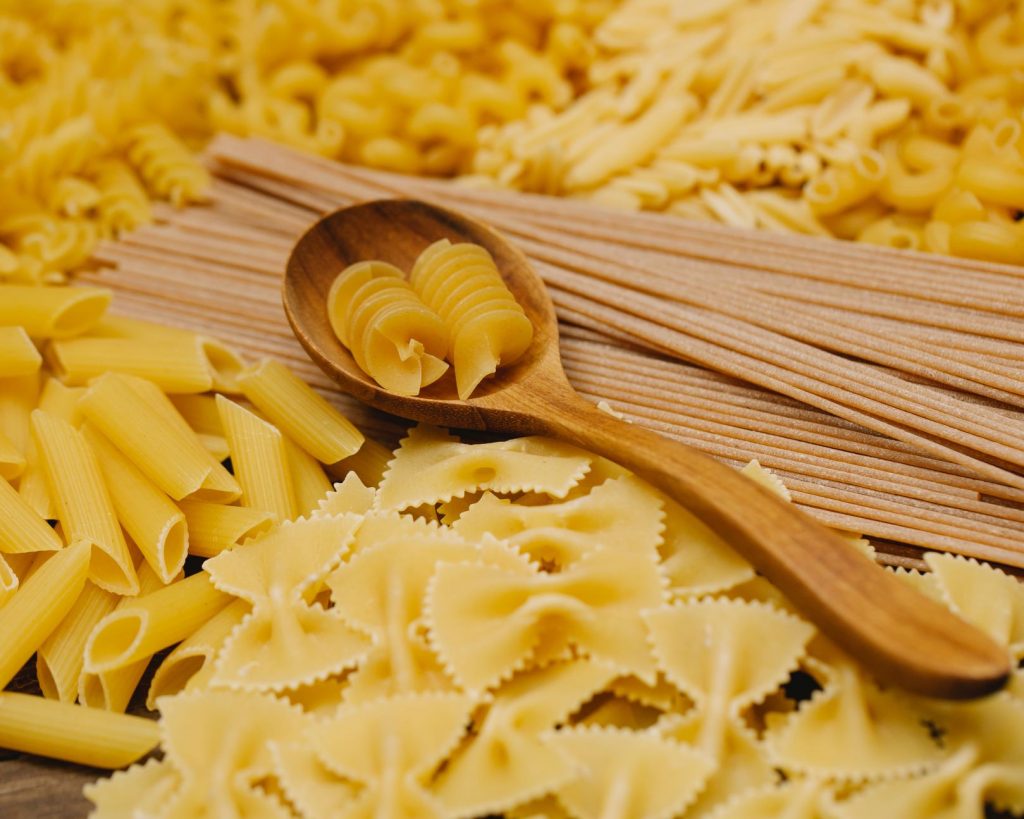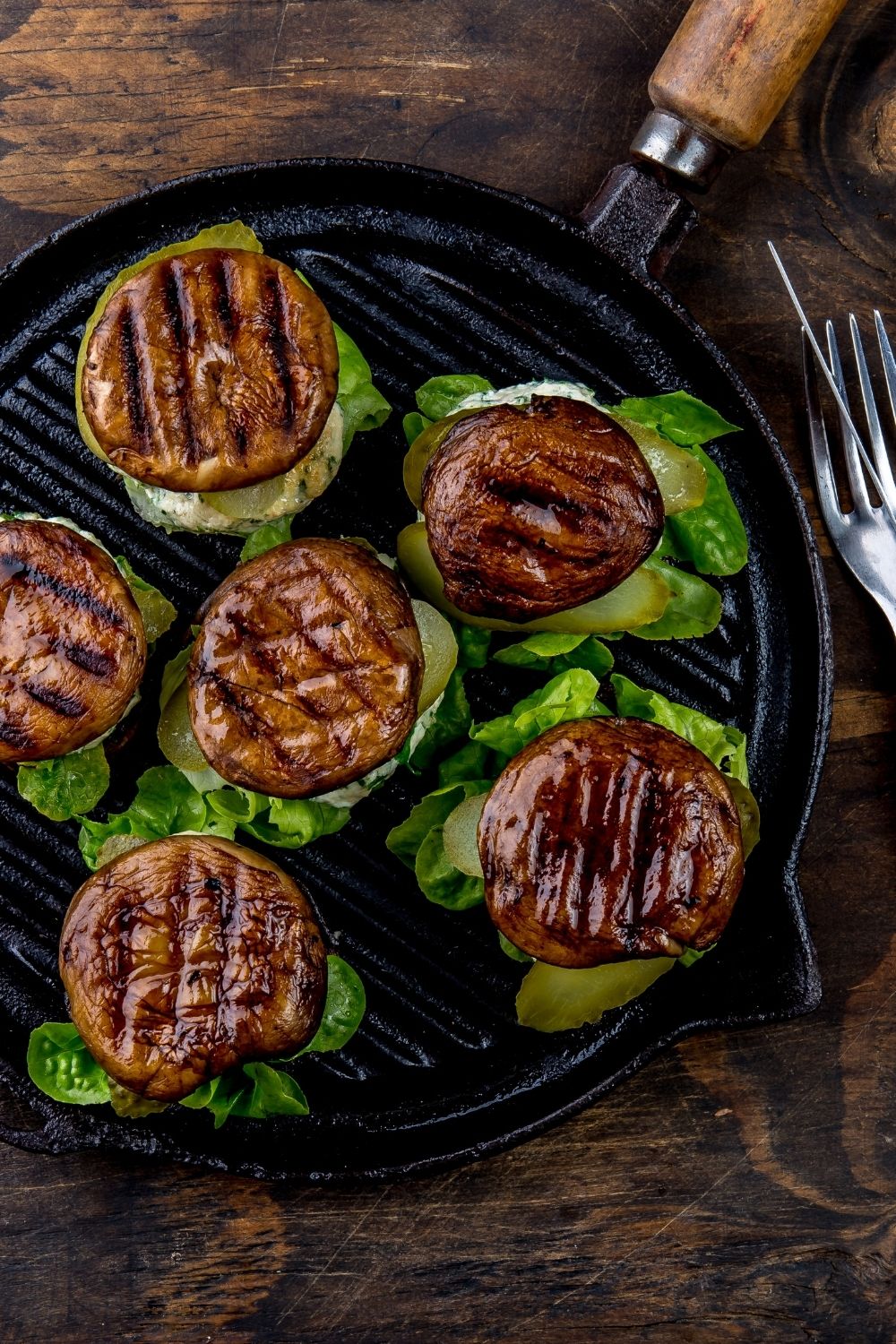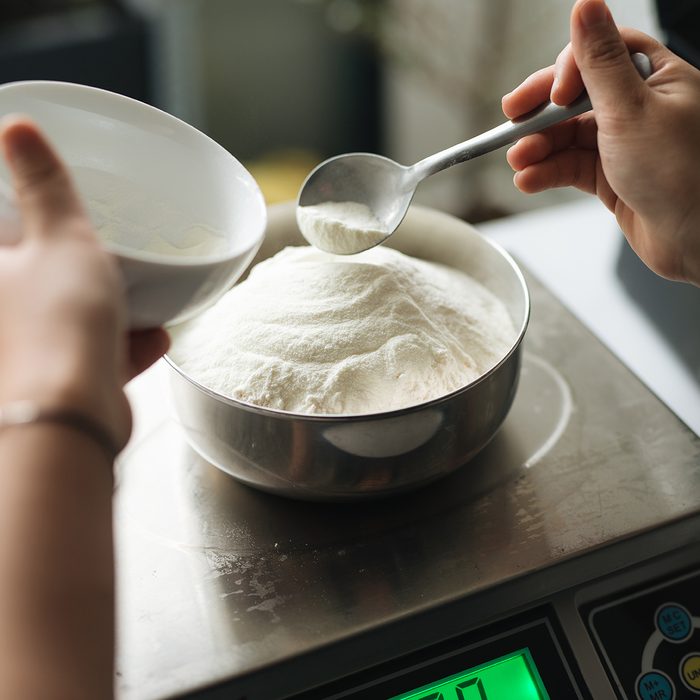
It is essential to be flexible when cooking. This could mean adapting your recipe to seasonal produce, using a different method of cooking to replace an old appliance, or making sure that a customer's order is prepared according to their preferences. The key to adaptability is to embrace change, experiment with new methods, and accept that there are always new tastes and expectations. If you are a beginner, here are some tips to improve your cooking skills.
Learn basic knife skills
While most adults have a good grasp of basic cooking skills, they can still benefit from learning more about this art. Knife skills are one area that can benefit from more knowledge. You can take a knife skills class to learn how best to maintain knives and to keep them safe. You might also be interested in learning how to cut thin slices of vegetables or debone chickens. This skill will make your life much simpler.
Enhance your teamwork skills
Cooking is a creative endeavor that requires teamwork. Working with others is essential, regardless of whether you're serving customers in the dining room or sharing cleaning responsibilities. You must improve your communication, understanding, and teamwork skills if you are to be successful in this field. These tips will help you improve your teamwork. Effective communication is key to success in the workplace and in the kitchen.

Master Western Cuisine cooking techniques
Learn how to prepare Western cuisine dishes. French cooking has influenced many of the techniques that are used in western food. French chefs were among the first to name and document subvariants and cooks. These are known as "The 5 Mother Sauces". Many of the sauces we use today are variations on these originals. While the French may have started Western cuisine, they soon began to take influences from other European countries. Italians introduced pasta to Werntern cuisine.
Invest in quality cooking utensils
Quality cooking utensils are a great investment, no matter how experienced or new you are. The right tools can make a huge difference in how you cook, from cutting vegetables to stirring sauces. Not only will you improve your skills in cooking, but investing in the best utensils will also enhance your enjoyment of the process.
Attention to details
The ability to notice small changes in a recipe or a customer's order is one of the qualities that makes a chef successful. Make sure you follow all the instructions when cooking to ensure the customer receives the right product. Take time to note useful details, such as a customer's name or order details. This attention is critical to ensuring that the food you prepare is delicious and your customer is satisfied.

Practice cooking skills
Cooking well requires the ability to transfer from one task to another. It opens up a whole new world for expression by practicing different cooking techniques and skills. Every recipe is different, so practice makes perfect! It is easy to tell if bread is underproofed or overproof by simply poking it with your finger. If the bread doesn't spring back at all, or just slightly, it is probably underproofed. It should still have some spring in it.
FAQ
How long does it take to become chef? What's the average career path for a chef?
It takes five years to become a chef. This time you'll learn the basics of cooking and work as a cook assistant. Once you have completed your training, you may apply for executive, sous, and line chef positions. The average annual salary for a professional chef is between $25,000 and $60,000
Where can I find online cooking classes for free?
Many websites provide free cooking lessons. YouTube offers many videos on how to cook various meals. You may have access to thousands upon thousands of recipes on some websites. While you may have to pay a monthly charge, these websites allow you to try out the recipes for 30 days for no cost.
Is there any difference between a chef or a cook.
A chef prepares food to be served to others. A cook prepares food for himself or herself. Both jobs require the preparation of food. However, chefs work directly with their customers. They may need to make decisions about what they will serve to their guests based upon their preferences. The cook doesn't have to interact with customers. Instead, a cook makes sure the food tastes good before delivering it to customers.
Statistics
- under 10 Kids have been taught that there is special food just for them, and Fiese says that 10 percent of kids will throw a tantrum if they don't get the food they want. (washingtonpost.com)
- The median pay for a chef or head cook is $53,380 per year or $25.66/hour, according to the U.S. Bureau of Labor Statistics (BLS). (learnhowtobecome.org)
- You'll be amazed that over 90% of CIA students receive scholarships and grants to finish their culinary studies. (ischoolconnect.com)
External Links
How To
How to cook a steak
The right cooking method for any type of meat depends on its thickness. For example, thinner steaks are best cooked over low heat, while thicker ones need higher temperatures.
It's important to not overcook the steaks as they will lose their taste. Remember to take your steak out of the oven when it's done. You won't burn.
Cooking times depend on the size of the steak and the desired degree of doneness. These are some guidelines:
Medium Rare: Cook to medium rare. This means that the internal temperature should reach 145degF (63degC). This should take between 3 and 5 min per side.
Medium: Cook to medium (or until the internal temperature reaches 160degF/71degC). This usually takes about 6 minutes per side.
When done well, cook until the internal temperatures reach 180°F (82°C). This can take between 8-12 minutes per side.